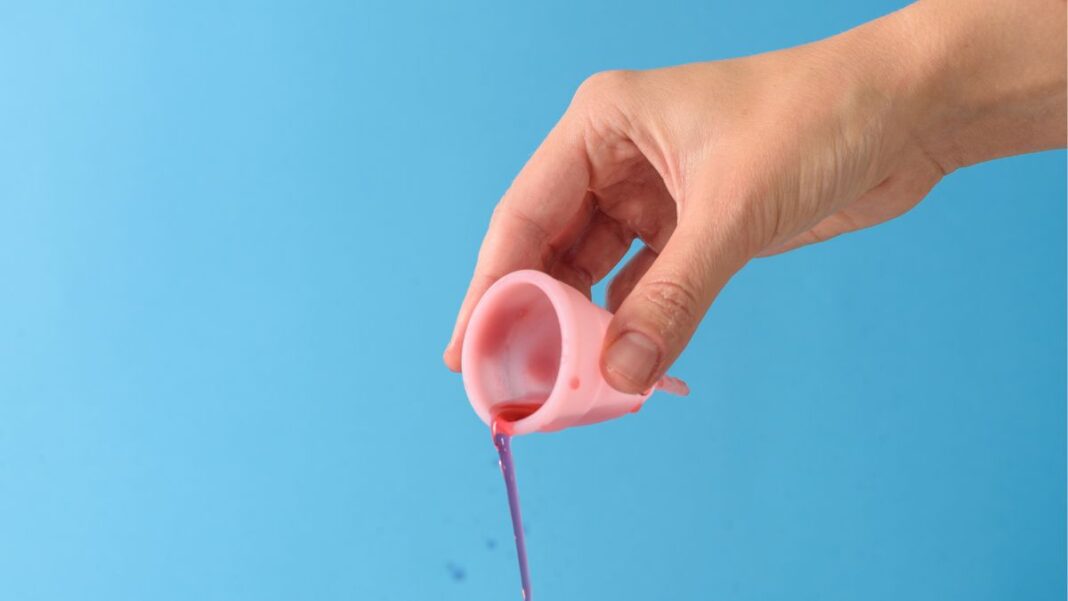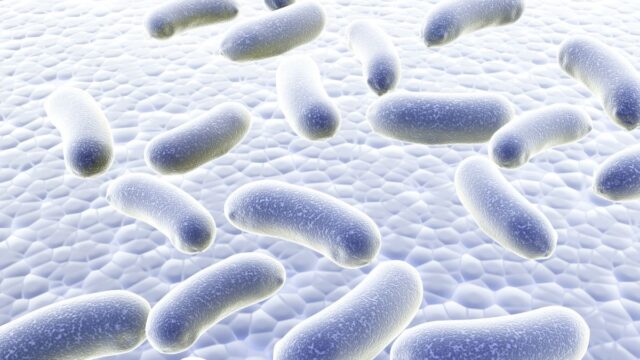Every month, a natural and intricate process unfolds within a menstruator’s body – the menstrual cycle. For most of us, it’s also a cycle of dukh, dard, peeda, and maybe even kasht! It might be called period blood but there’s much more to the story, and I’m sure at one point or another we’ve all wondered what that is. What else is there other than blood? Surprisingly, only about 36% of your period blood is actual blood! The rest is a mix of many things closely connected to how your reproductive system works. Hormones, nutrients, water, and even some bacteria – there are all sorts of things mixed up with the blood.
Read: Period Blood Shade Card—Kya Normal Hai Aur Kya Nahi
Let’s look at all of the components that make up period blood!
These 9 Things Make Up Your Period Blood!
- Shed Uterine Lining: The main component of menstrual blood is the shedding of the uterine lining (endometrium). This shedding is triggered by hormonal changes in the menstrual cycle, particularly the decrease in progesterone levels. The uterine lining consists of blood vessels, tissues, and nutrients that were prepared to nourish a potential pregnancy during the previous menstrual cycle.
- Water Content: Menstrual blood contains a significant amount of water, which contributes to its fluidity and consistency. The water content helps in the transportation of various components and facilitates the shedding of the uterine lining.
- Mucus and Cervical Cells: Alongside the uterine lining, menstrual blood also contains mucus from the cervix. The cervix produces different types of mucus based on the menstrual cycle phase. Thicker mucus can block sperm, while thinner mucus can facilitate sperm movement. Shed cervical cells are also present in menstrual fluid, which is related to the body’s natural cleaning process.
- Bacteria and Vaginal Cells: The vagina has its own ecosystem of bacteria, collectively known as the vaginal microbiome. Some of these bacteria are present in menstrual blood. Shed vaginal cells, along with the bacteria, contribute to the overall composition of menstrual fluid. These components are a normal part of the body’s processes and contribute to maintaining vaginal health.
- Blood Cells: While menstrual fluid is often referred to as “period blood,” the actual volume of blood is relatively small compared to the other components – only 36%. The blood in menstrual fluid comes from the blood vessels in the uterine lining that rupture during shedding. Red blood cells are responsible for the characteristic red colour of menstrual fluid.
- Hormones and Enzymes: Hormones, such as estrogen and progesterone, are involved in regulating the menstrual cycle and contribute to the changes in the uterine lining. Enzymes released during menstruation play a role in breaking down the uterine lining and facilitating its shedding.
- Small Traces of Nutrients: Menstrual blood may contain small traces of nutrients that were meant to support a potential pregnancy, such as vitamins and minerals.
- Uterine Tissue Debris: As the uterine lining breaks down and sheds, some tissue debris is released along with the blood.
- Inflammatory Markers: During menstruation, some inflammatory markers may be present in menstrual blood due to the body’s natural response to tissue shedding.
8 Factors That Affect The Composition of Your Period Blood
Here are eight key factors that can affect the makeup of menstrual fluid:
- Hormonal Fluctuations
Changes in hormone levels, particularly estrogen and progesterone, during the menstrual cycle, can impact the thickness and amount of uterine lining shed.
- Age
Menstrual fluid composition can vary based on age, with younger and older individuals potentially experiencing different hormonal balances.
- Overall Health
Health conditions such as PCOS, endometriosis, or thyroid disorders can influence the composition of menstrual fluid.
- Medications
Certain medications, like hormonal contraceptives or blood thinners, can affect the consistency and flow of menstrual blood.
- Diet and Nutrition
Nutrient intake and overall diet may affect the quality and quantity of menstrual fluid.
- Stress Levels
High levels of stress can impact hormone production and menstrual cycle regularity, affecting menstrual fluid composition.
- Exercise and Body Fat
Intense exercise or low body fat levels might lead to changes in hormone production and subsequently alter menstrual fluid.
- Hydration
Adequate hydration can impact the fluidity and consistency of menstrual blood.
Open up like never before and participate in conversations about beauty, entrepreneurship, mental health, menstrual & sexual health, and more. Desi women, join our community NOW!



